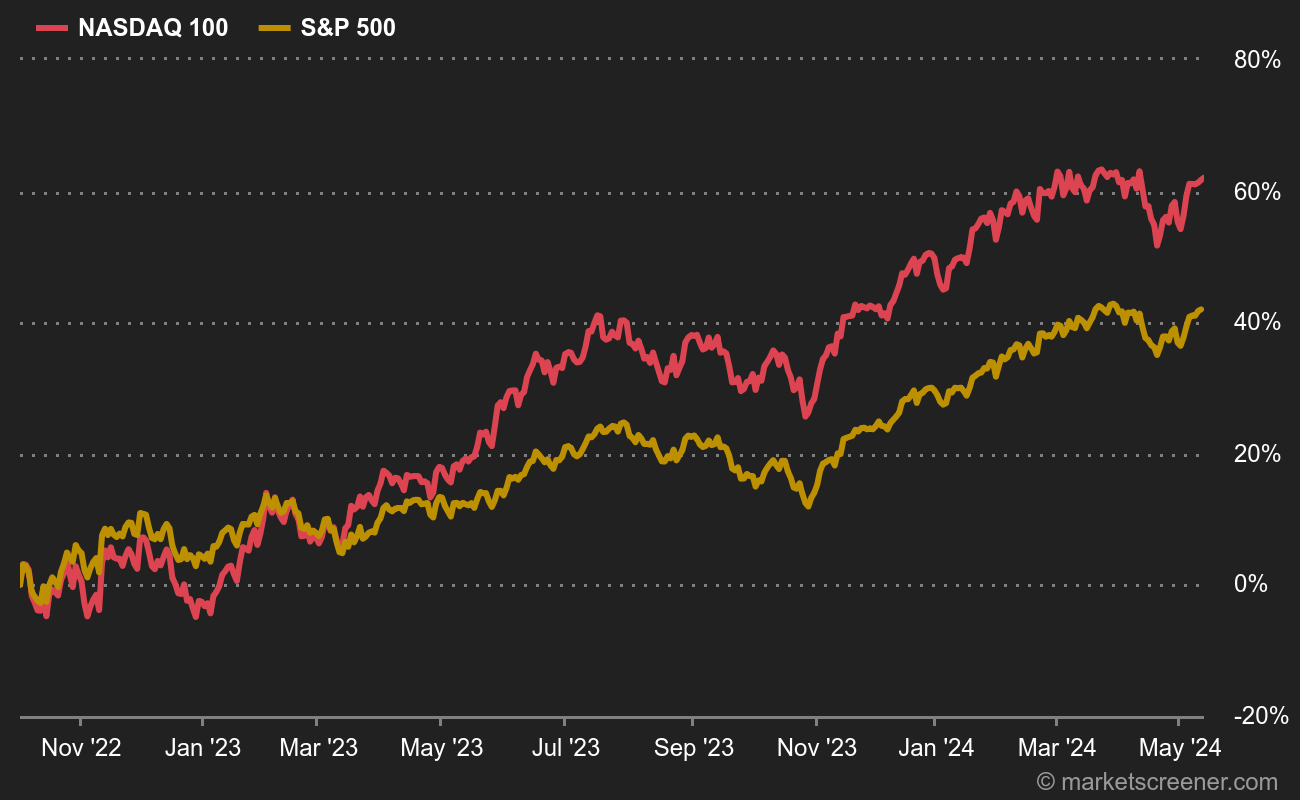The good news is that our beloved Kiwi was kind enough to hit the resistance levels mentioned last week against the dollar (below 0.6317/38), the yen (85.95) and the pound (0.5024/40). Only against the euro did it manage to touch 0.5810 instead of 0.5710. I would like to take this opportunity to talk about the concept of plurality. Typically, if you were only trading the NZD/EUR pair, you might have flipped (gone from bearish to bullish) because of the resistance breakout. BUT, since the Kiwi has hit equivalent resistance against other currencies, the conclusion is that the resistance given against the Euro may not have been the right one. Hence the importance of looking at how one market performs against others before making a trading/investment decision.
Last week, all European currencies underperformed, led by the Euro and the British Pound, despite the Bank of England's 25 basis point hike. The former stars are temporarily the fallen angels and if the movement seems general, the fault is partly attributable to the dollar which, mirror effect, is also progressing against the SEK (it touched the bottom of its range at 10.16) and commodity currencies (CAD, AUD and NZD).
Precisely, the Dollar Index is holding above its support at 100.80. It is even close to breaking above 102.23/40 which would allow it to regain some height towards 104.00 or even the March highs at 105.88. It will be interesting to follow the behavior of U.S. indices because remember, the outperformance of European stocks since October 2022 is mainly related to the depreciation of the dollar. If you follow me, a recovery of the dollar could translate into a renewed appetite for US stocks. Stay tuned.


 By
By 













